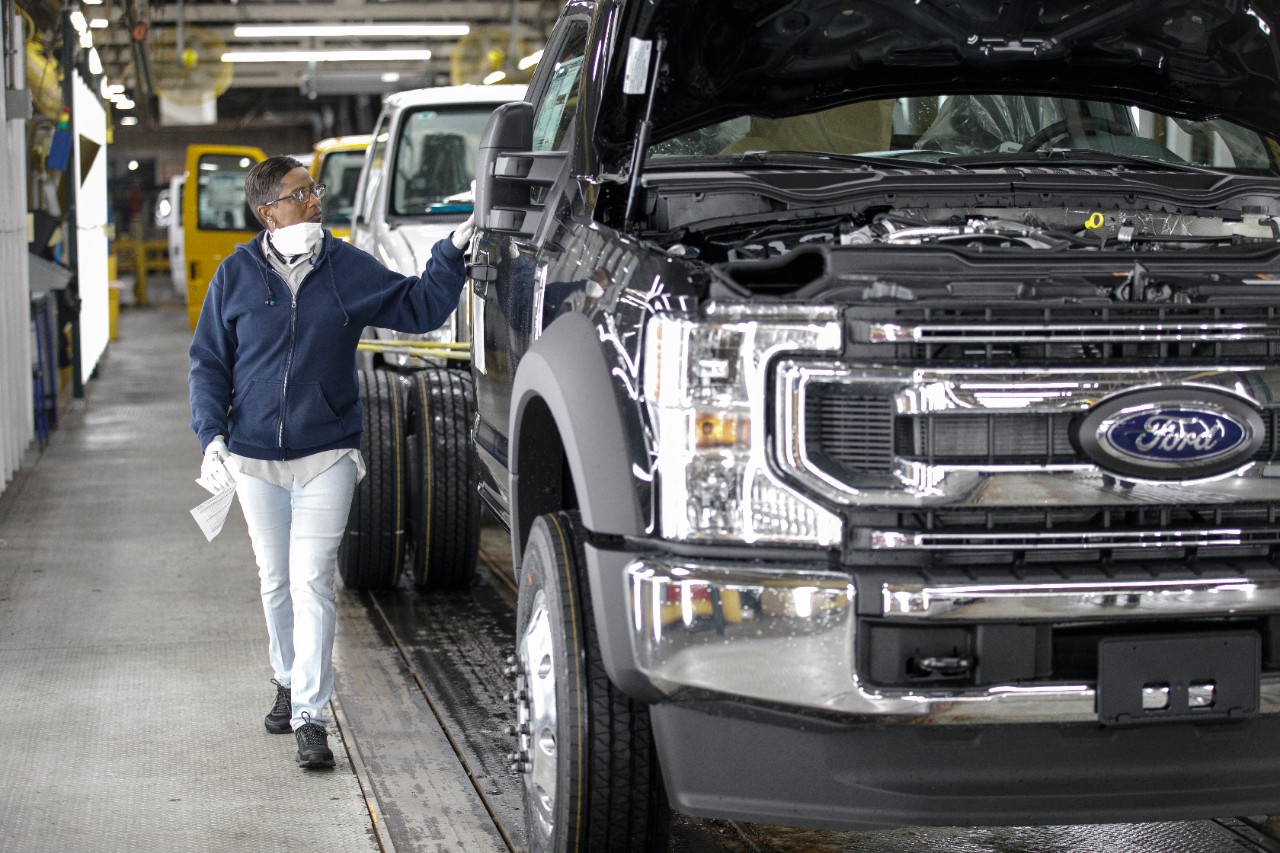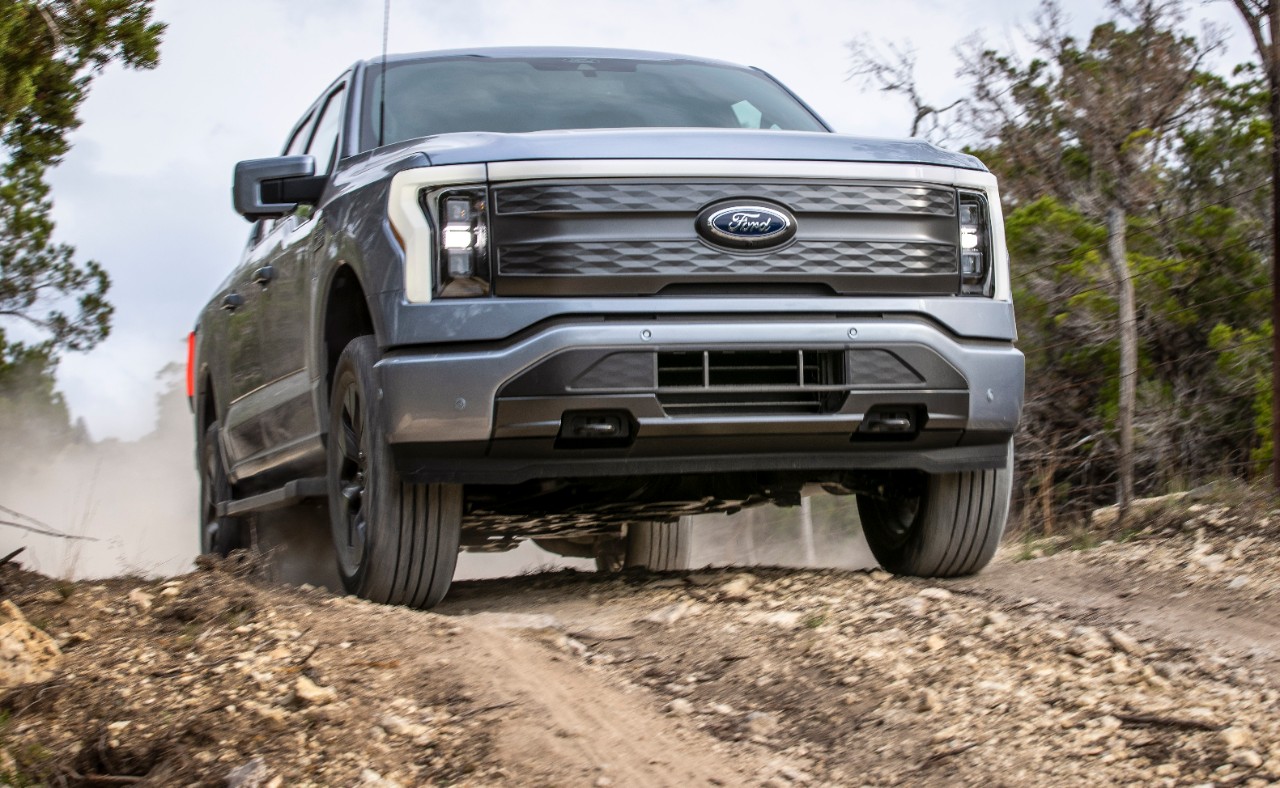Payday is awesome, but a payday you didn't have to work for is even better. Yielding a sweet 4.6% a year, ExxonMobil (XOM 0.54%) is a great way to get paid for owning a slice of the oil giant. Whether the stock is for generating income or offsetting stock market volatility, Exxon is a top pick.
But it's not the only one of its kind. Three of our Foolish contributors think that Seagate Technology (STX +0.00%), AbbVie (ABBV 0.54%), and Ford (F 0.68%) are good dividend picks, too -- and all of them yield even more than Exxon does at current share prices.

Image source: Getty Images.
Pick up this cyclical stock while it's cheap
Anders Bylund (Seagate Technology): This maker of traditional, spinning-magnetic-disc hard drives isn't a slam-dunk winner for equally traditional income investors. But at today's prices, Seagate's dividends do look juicy and the stock offers plenty of turnaround promise.
The key to finding value in Seagate's business and stock lies in appreciating the cyclical nature of the company's target markets. Sales of both enterprise servers and consumer-level computers have been lagging over the last couple of years as President Trump's trade conflict with China added higher production costs to a natural multiyear downturn.
Seagate investors have suffered a 20% loss in five years while the S&P 500 raced 50% higher. Over the last year alone, Seagate took an 18% haircut while the broader market marched 9% higher. Seagate hasn't raised its quarterly dividends since 2015, but a steady payout divided by a falling stock price equals rising dividend yields. Today, Seagate's yield stands at a meaty 5.3%.
Looking ahead, Seagate's $1.4 billion of trailing free cash flows leave the company ample room to start raising its dividend payouts again. The dividend policy currently consumes just 44% of the company's incoming cash profits. When the China-U.S. trade tensions finally go away, Seagate stands to profit as the PC and server markets start to make up for lost time.
Investing in cyclical stocks near their rock-bottom business troughs delivers the one-two punch of low buy-in prices and generous effective dividend yields. That's what you get when buying Seagate right now. It's not a perfect dividend payer and far from a risk-free bet, but Seagate's risk-reward equation looks promising at these prices.
A beaten-up bargain dividend stock
Todd Campbell (AbbVie): A high dividend yield can occur when a company's dividend increases faster than its stock price or when a stock price falls despite a stable dividend payout. In AbbVie's case, it's the latter. The company's shares have been clobbered following news it's acquiring Botox maker Allergan (AGN +0.00%) for $63 billion.
The slide in AbbVie's share price reflects investors' concerns that combining with the debt-laden Allergan won't solve AbbVie's problem -- namely, replacing the revenue that's likely to be lost when generics start competing against Humira in 2023. AbbVie currently generates about 60% of its revenue from Humira, so a drop in Humira sales because of generics could present a stiff headwind to revenue growth in a few years.
I don't think buying Allergan will allow AbbVie to sidestep decelerating growth rates in the future, but income investors might not want to overreact by selling. In fact, if dividends are the primary focus of your investing strategy, then buying AbbVie's shares now that they're yielding 6.3% could make sense.
AbbVie's only paying $120 per share in cash (the rest is being paid in the form of AbbVie stock), and Allergan's book value is $187, so this deal gives AbbVie a bargain source of future cash flow. Allergan generated $5.4 billion in operating cash flow over the past 12 months and AbbVie thinks it can squeeze $2 billion in cost savings out of Allergan by the third year after the deal closes. AbbVie expects the acquisition will boost earnings per share by 10% in year one and by up to 20% over time.
If management's financial modeling is on point, then AbbVie's projected $19 billion in post-deal cash flow will provide plenty of financial firepower to support its dividend and pay down debt. In short, its dividend appears safe for a few more years, at a minimum.
Overall, I think there are better stocks to buy than AbbVie in growth portfolios, but a good argument can be made for including it in dividend portfolios since its dividend yield is so high right now.

Image source: Getty Images.
A boring automaker with an exciting payout
Nicholas Rossolillo (Ford): The average automaker stock hasn't done much the last couple of years, and for good reason. The number of total vehicles sold globally have been hovering just below all-time highs since 2017. Since auto sales tend to be cyclical, the worry has been that the stagnant figures would eventually give way to all-out decline -- ending the decade-long advance since the financial crisis in 2008.
However, a feared slump has already taken place at Ford. F-Series pickup trucks, Mustangs, and SUV sales have continued to advance in the last year, but sedans have been tanking. Though second-quarter 2019 financials haven't yet been released, the company said U.S. unit sales fell 4% year over year, with big gains in trucks offset once again by fading sedans. The European and Chinese business segments are also getting restructured, and in the meantime bleeding cash. All the while Ford has been investing in everything from electric-vehicle technology to ridesharing to keep up with the times. As a result, the stock has declined some 40% since its most recent peak all the way back in 2014.
Challenges will undoubtedly remain, and even when restructuring is complete Ford will remain nothing more than an old and mostly boring automaker. However, this is a solid business well entrenched in the automotive world. The company has generated over $7.4 billion in free cash flow over the last year and had $20.8 billion in cash and equivalents in the bank at the end of the first quarter of 2019.
That's more than enough to cover the dividend -- which is currently yielding 5.9% a year -- and enough cushion to keep it going if business continues to get worse before it gets better. That makes this stock a worthy pick for investors looking for income generation.








